

Espionage is the activity of obtaining confidential information, usually through the use of subterfuges, secrets, and intelligence techniques. Spies, or scouts, carry out intelligence in various fields, such as politics, military affairs, science, technology, economics, and others. The main purpose of espionage is to gather information that can be used to gain an advantage in various situations. Espionage operations can include eavesdropping, interception of communications, hacking of computer systems, introduction of undercover agents, and much more. The history of espionage has thousand-year roots and is connected with the development of states, conflicts and the struggle for power. In today’s world, espionage remains an important component of geopolitical relations, particularly in the context of intelligence agencies, cyber security, and the detection and prevention of terrorist acts. Despite its sensationalism, espionage is a difficult and dangerous occupation that requires special skills, virtuosity and a high level of conspiracism.
It remains a topic of interest in literature, cinema and general culture, capturing the imagination with its mystery and romance. As one of the most interesting and prominent areas of intelligence, espionage continues to stimulate human curiosity and questions about its methods, means and impact on world politics and security. The work of spies and counter-spies in all ages was not easy – and later the achievements of science, technology and inquisitive engineering thought began to come to their aid. In the last part, we talked about several devices of the Cold War era: the Soviet coat of arms-beetle of 1945 for the US embassy, American tooth transmitter tubes and even acoustic cats. In the second part, we will continue what we promised – about deliberately disgusting containers, deadly umbrellas and other strange spy devices of the 20th century.
At the end of 1975, Martha Peterson, a CIA agent disguised as an employee of the US Embassy, arrived in Moscow. She went into intelligence because she dreamed of taking revenge on the communists for a man who died in Laos, who said in Laos that he helped anti-communist forces fight communist forces. After training, Marta, an unexpected newcomer, received a particularly important assignment – to become the liaison officer of the most important CIA agent in Moscow, an employee of the Soviet Foreign Ministry, Alexander Ogorodnyk, who worked in Colombia.

The fact is that in the mid-70s, almost any employee of the American embassy was under the close supervision of Soviet counterintelligence — and not for nothing, because among these employees there were indeed enough employees of the Moscow station of the CIA. But the times were patriarchal, even in the CIA women were received with clear skepticism — and Marta turned out to be the first female American intelligence operative in the Soviet capital.
According to the recollections of KGB employees, she was also monitored for the first six months. Not so much out of serious suspicion as just in case. Marta successfully convinced Soviet counterintelligence that she couldn’t be a spy, and she did it… accidentally. The fact is that due to a combination of psychological trauma and lively character, Marta strongly abused alcohol – periodically sneaking out of the embassy or restaurants almost drunk. And at the same time, she had quite free views on her personal life, especially regarding the marines guarding the embassy.

According to the strict employees of the KGB of the USSR, even a bourgeois American spy could not have behaved so immorally and irresponsibly – and therefore, Marta was not a “mother-in-law”: “she was clearly placed in the embassy behind the counter”, admitted Soviet counter-intelligence officers with experience in monitoring the Soviet bureaucracy .
And they did it terribly. After repeated assurances that there was no “queue” and surveillance for Marta, unlike other CIA employees in Moscow, they decided to make her the most valuable agent liaison in Moscow at the time: the same Gardener under the code name “Trigon”. In Yulian Semenov’s novel and film adaptation TASS is authorized to declare, it is presented under the slightly changed name Trianon.
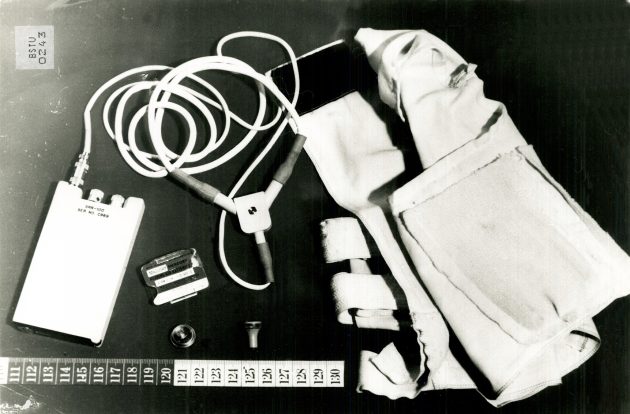
Therefore, the only possible way to transfer microfilms and other things between Marta and “Trygon” became “dead drop”: leaving containers with various things in a conventional place. Between the departure of the person who left the package and the arrival of the receiver, a time interval must be observed – usually at least an hour.
Of course, the question arose: how to make sure that the container not only does not attract the attention of the KGB or the police, but also does not interest ordinary citizens? The answer was the use of containers, at least similar to natural objects, and at most – with their entire appearance, which discourages the desire to touch or at least look at IT.

One of the employees of the Moscow station of the CIA was a master of making such containers. For the very first broadcast of Trigon, he made a container in the form of a crumpled and dirty pack of Soviet cigarettes.
The next day, at a meeting with dealers, Neil said that he would need eight packs of these Soviet cigarettes. He assures that he will tear and re-glue these packages so that they are identical – and completely crumpled. Neil is very good at packing a large number of oddly shaped objects into small compact packages and disguising them so that no one will notice them (…) Neil cuts, glues and crumples them for him. until he gets the package, size, and type of cigarettes, nothing more than a crumpled pack. It contained a miniature camera, a film cassette and a roll of perforated film – a special kind of 35mm film with miniature texts.
Trigon himself used crumpled and dirty milk bags — the same, triangular ones that many millionaires remember from their childhood — to transfer the CIA “parcels” with the documents of the Soviet Ministry of Foreign Affairs. For greater disgust, he covered them with pseudo-vomit made of mustard seeds, or threw a dirty oiled rag on top. He wrapped the fragile objects of apparently shot 35-mm film in strict Soviet condoms.
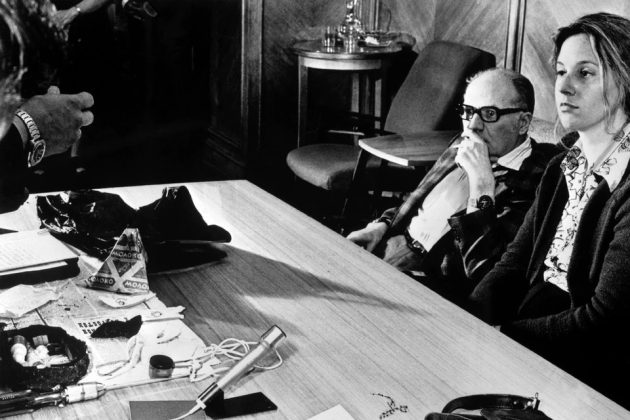
Pieces of wood covered with earth and old leaves became the device for large transmissions. In the first such, among other things, there was a pen with poison ordered by “Trygon”. He asked her in case of arrest – but first he poisoned his own bride, who began to suspect something. At the CIA, Ogorodnyk explained that he allegedly threw away the first pen, suspecting surveillance and asked for more. The second pen was delivered in another pseudo-capture, contaminated with soil and dry leaves. He had already used it on himself when the KGB finally came for him — the operatives did not have time to react when he picked up a pen, allegedly to write a heartfelt confession.
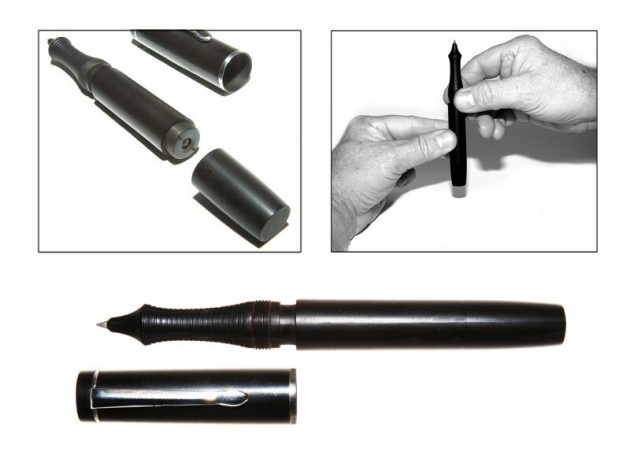
It is interesting that neither the Gardener nor Martha came close to burning alive – although “Trygon” falls into wild paranoia towards the end of the story due to severe neurosis and the many traumas that accompany it. He is believed to have been introduced to top Czechoslovak intelligence, the only man from the CIA, the intelligence of the socialist bloc, a mole named Karel Kecher in Moscow. However, he also spied on American secrets, organizing closed-door orgies with his wife Hana attended by high-ranking officials in Washington.

The last container with which Marta was taken on the Krasnoluzhsky bridge was a dusty and smeared black fragment of concrete with screws that have a reverse thread: even if someone liked this dislike, attempts to unscrew the bolts would only lead to their tightening, which should lead to which occurred to me, as if they were rusted. However, when Marta was brought to Lubyanka under the lens of Soviet journalists, the KGB employee easily saw through this trick and quickly opened the container. It contained a microphoto camera, reels of film for microfilms, plans for new facilities for the transfer of packets, as well as bundles of ruby bills and allegedly “family” emeralds.
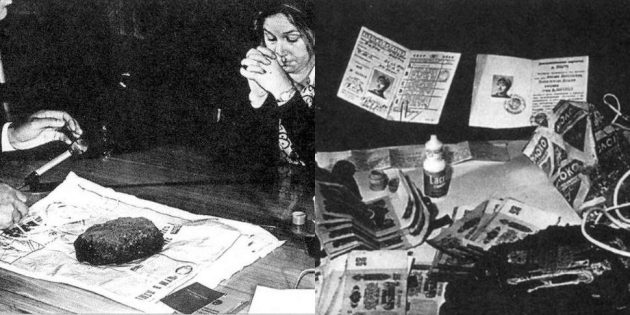
Marta was expelled from the USSR immediately after the arrest, Karel Koecher was handed over by a defector from the KGB, General Oleg Kalugin, and Ogorodnyk’s recruiter, Aldrich Ames, from the CIA, was later recruited by the KGB and “fluffed” more than a dozen prices of agents to Moscow. Difficult life for spies.
Similar hideous and unassuming containers were used by the CIA and military intelligence of the US Army as seismic sensors to remotely detect someone walking or moving in a given place.
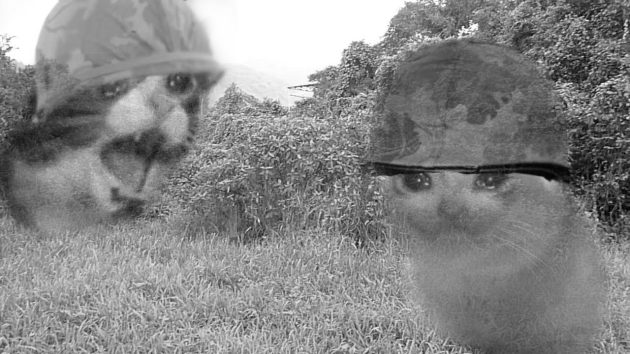
It all began during the years of the Vietnam War, when the Americans could not stop the movement of communist convoys along the “Ho Chi Minh Trail” in the deep jungles of South Vietnam, Laos and Cambodia. Carpet bombs, napalm bombs, and defoliants, most of which kill civilians and only serve to incite locals against the United States and its allies, have not helped. The reality is that the “Ho Chi Minh Trail” is not a single road, but a vast network of roads and trails cleverly hidden in dense tropical vegetation.

Almost immediately after the start of the war, it became clear to the military that it was not very productive to cover the jungle with bombs “about there” – and they tried to call on engineering opinion for help. The result was the Igloo White project, started in 1967, which involved the coverage of two large areas on the territory of Laos (approximately 40 by 100 km) with a system of several thousand seismic sensors. Sensors were supposed to detect ground shaking from the movement of truck convoys, notify the command — and flocks of bombers of all colors and sizes were to go to the location of the movement.
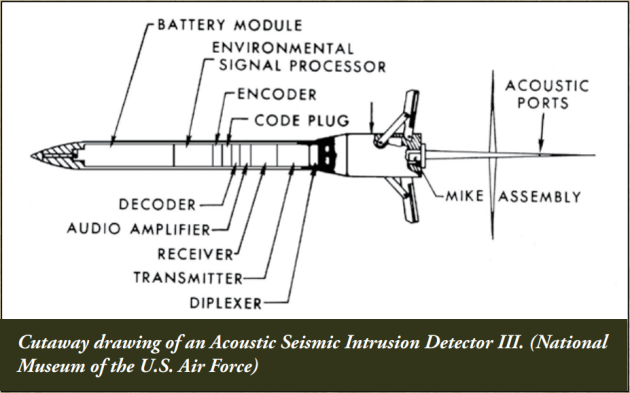
However, many Vietnamese soldiers and workers were constantly working in the “trail” zone – who, of course, began to eliminate all suspicious organizations found in the middle of the jungle. Even the clumsy camouflage “under a bush” did not help – the sensors were green in color, stuck into the ground during a vertical fall from the plane, and had branch-like antennas. Therefore, at the next stage, they tried to use devices disguised as excrement. So, in 1970, devices appeared under the code designation T-1151: radio beacons or small-sized seismic sensors, disguised as the waste products of a medium-sized dog or monkey. Inside were lithium-cadmium batteries that provided about a month of work.

However, it is known that colleagues from the KGB also use various abominations for intelligence purposes. According to unconfirmed reports, Soviet spies and counterintelligence used external listening devices disguised as dead rats. Naturally, few people want to touch a dead rat, even touching it with a shoe to throw it away. Inside the carefully designed hollow body was a microphone that listened to what was happening in the secluded spot chosen to meet the suspect. Well, to prevent a cat or a crow from biting the dummy rat, it was peppered.
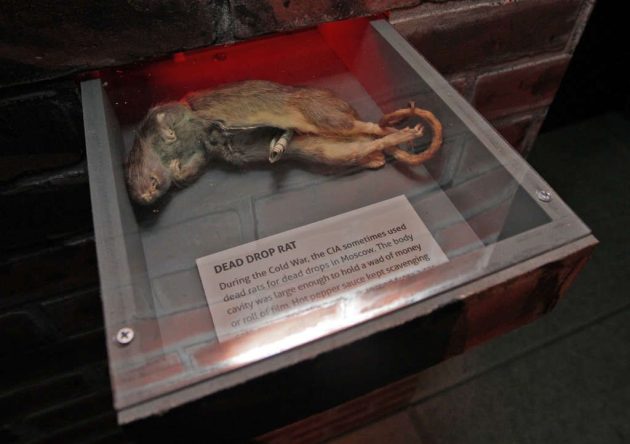
The CIA also used dead rats, and this is quite publicly recognized – but as the same containers for transferring secret materials to agents, including in Moscow. For ease of use of the cavity, the taxidermied carcass was equipped with Velcro.
Many millions also caught on TV the French black comedy with Pierre Richard called “Prick with an Umbrella”. A frivolous tape about how, due to an idiotic coincidence of circumstances, a failed actor was hired as a killer, the original is called “Le Coup du Parapluie Bulgare”, “The Stab with the Bulgarian Umbrella”. In the translation, Bulgaria was removed so as not to give Soviet citizens politically questionable references. Well, the original title directly referred to the recent, at that time, high-profile story about a mysterious murder in London with the help of – yes, yes, exactly an umbrella.
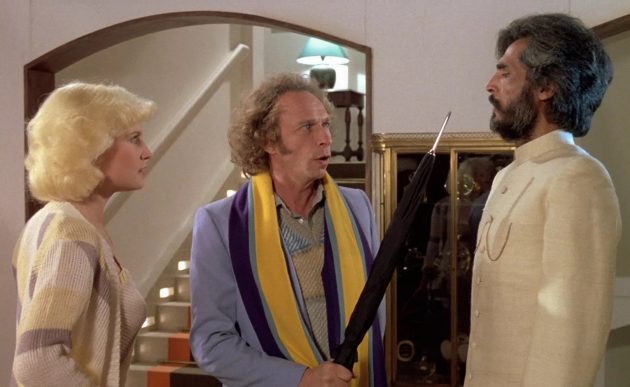
On September 7, 1978, the Bulgarian dissident Georgiy Markov, a former popular socialist writer now denouncing Todor Zhivkov’s regime on the BBC, tripped over someone’s zone at a London bus stop. The owner of the umbrella apologized and left. The next day, Markov felt very bad, and on September 11 he died in the hospital, remembering the incident with the umbrella. An autopsy revealed that in his leg was a platinum-iridium microcapsule 1.7 mm in diameter containing ricin, a biotoxin six times more lethal than potassium cyanide.
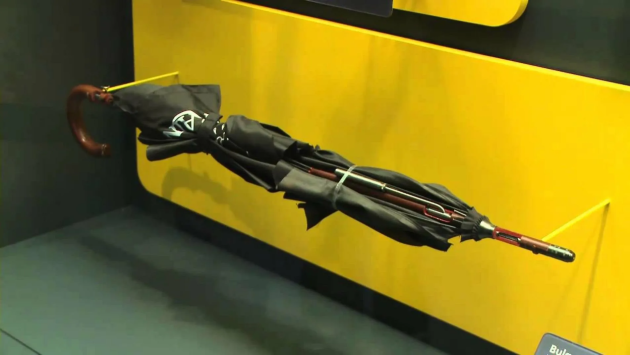
Since the fatal stabbing with an umbrella happened on the birthday of the Bulgarian leader Todor Zhivkov, who was constantly criticized by Georgy Markov, suspicions predictably fell on the Bulgarian KGB, but no evidence was found even after the collapse of the Eastern Bloc. The exact construction of the same umbrella has remained unknown: until now, no one has confessed to anything, and the stories of defectors from the KGB of the USSR Oleg Kalugin and Oleg Gordievsky about the details of the participation of Soviet intelligence and the secret “Laboratory 12”, which worked on poisons, are of dubious credibility. But it is assumed that the principle of an air gun was used to inject the ricin capsules into the victim’s body. Or, less likely, a strong spring. Gordievsky said that an entire KGB general brought the umbrella gun to Bulgaria from Moscow — but it is quite possible that the Bulgarian craftsmen managed it themselves.

The most likely executor of the 2005 investigation named the Italian smuggler Francesco Gullino, who lived in Denmark and worked for Bulgarian intelligence. He himself denied everything, and in 2021 he was found dead under unclear circumstances. However, at that time he was already 76 years old.
I think many people remember the French comedies about Fantômas, a mysterious green-faced supervillain who could assume almost any appearance thanks to skillfully made masks. True, in the film he was played by Jean Marais – and it is unlikely that, even under a lot of burgundy, he could even be mistaken for Commissar Juve, played by Louis de Funes, in make-up.
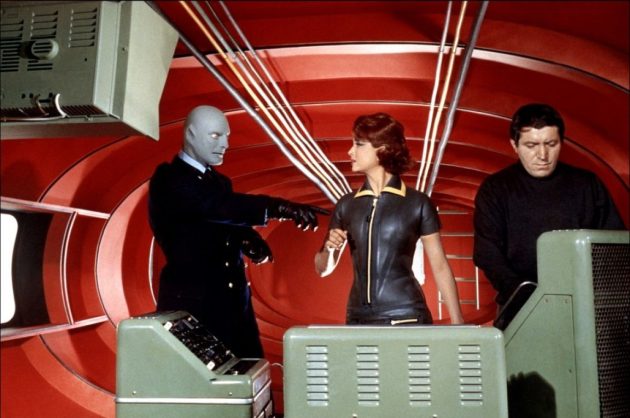

But even this was not always enough. Therefore, in the late 60s, the Mendes turned to John Chambers, one of the best makeup artists in Hollywood, who made, among other things, the masks of intelligent monkeys for the films of the Planet of the Apes series. However, what Chambers was doing for the movies didn’t sit well with the CIA: make-up for actors took hours, while spies needed minutes, ideally seconds. Mendes and Chambers worked for almost a dozen years before they managed to make a masterpiece of disguise: “five-second masks” made of special latex.

The resulting masks could be put on without a mirror in just a few seconds and also quickly removed and hidden. They fit tightly to the face and allowed facial expressions to work normally – according to the creators, you could only suspect something bad from a distance of less than a meter.
Eavesdropping is one of the most important intelligence and counterintelligence tools. It is especially interesting to eavesdrop in embassies, where the intelligence of the respective country is always nesting in one way or another and a lot of interesting things are happening. But how to dive there with bugs? After all, everyone knows that the local special services really want to do this and take many different measures to prevent it.

In the previous part, we talked about how the Soviet special services in 1945 installed a miracle of eavesdropping equipment in the American embassy, which does not require the feeding of bugs in the wooden coat of arms of the USA, given by the pioneers. The Romanian Securitate resorted to a less technically sophisticated, but also witty solution. High-ranking American diplomats in the socialist Romania of Ceausescu’s time did not really like local shoes and ordered shoes from Great Britain. The Securitate secretly opened parcels and installed bugs in the heels.
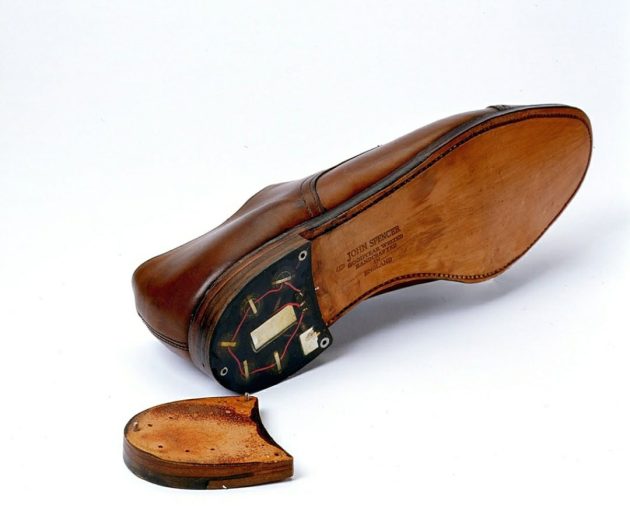
It is assumed that in a number of cases such scrolling was done, even when Americans went to the workshop for shoe repair. The installation of bugs was carried out so skillfully that the Americans did not immediately realize why the Romanian special services were getting to know much more information from the US Embassy in Bucharest than they would like. True, for obvious reasons, such bugs did not work for very long, until the battery ran out – but even during their operation, they managed to transmit a lot of interesting information to the Security Service.
That’s all for today — but only for today, because the world of spy gadgets and techniques is huge and bizarre. Intelligence and counter-intelligence agents have a very difficult job.
